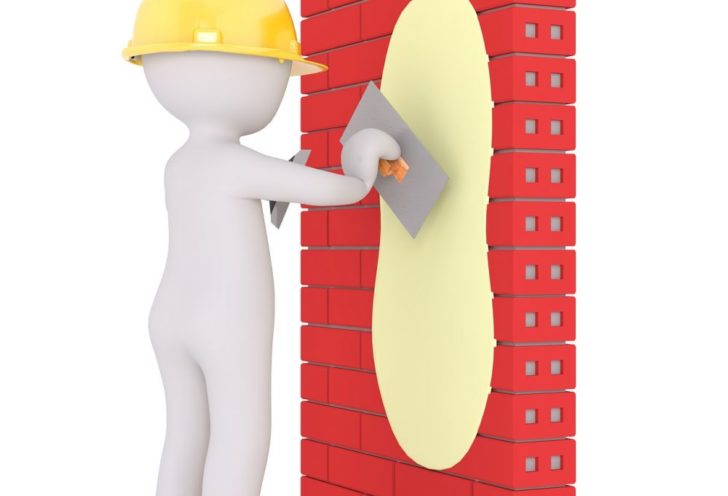Renovating Your Hall – a Complete Guide to Transforming Your Entryway

Introduction:
Renovating the hall is an essential aspect of any home improvement project. As the first area your guests see, a well-designed and functional hall can make a lasting impression. This comprehensive article will delve into the world of hall renovations, discussing various types, popular trends, quantitative measurements, differences between approaches, and a historical analysis of their pros and cons. By the end, you’ll be equipped with the knowledge needed to transform your own hall into a stunning and practical space.
1. An In-depth Overview of Hall Renovation:

Renovating the hall involves transforming its appearance, functionality, and overall layout. This can include improvements such as painting, flooring, lighting, storage solutions, and furniture arrangements. By carefully planning and executing these changes, you can create a welcoming ambiance and increase the efficiency of your entryway.
2. Exploring Different Types of Hall Renovations:
a. Minimalist Style: Embracing simplicity and clean lines, this type of renovation focuses on decluttering the hall and using minimal decor elements. It ensures better organization and highlight key design features.
b. Traditional Style: Incorporating classic designs, ornate details, and timeless accessories, this approach creates a warm and elegant space, reminiscent of grandeur.
c. Contemporary Style: Infusing modern influences, sleek design elements, and cutting-edge technology, this type of renovation offers a fresh and trendy atmosphere while maintaining functionality.
d. Scandinavian Style: Known for its simplicity, light colors, and natural materials, this style emphasizes functionality and minimalism, creating a harmonious and light-filled entryway.
3. Quantitative Measurements for Hall Renovation:
When undertaking a hall renovation, specific measurements can help optimize space utilization and create a visually pleasing environment. Key factors to consider include:
a. Hall Length and Widt Determining the available dimensions allows for appropriate furniture placement, lighting fixtures, and general flow of movement.
b. Natural Light: Understanding the amount and direction of natural light helps in selecting suitable window treatments and maximizing its impact.
c. Storage Capacity: Considering the storage needs of the household and incorporating efficient storage solutions will enhance organization and minimize clutter.
4. Deconstructing the Differences in Hall Renovations:
Each type of hall renovation differs in terms of aesthetics, functionality, and design principles. The minimalist approach focuses on clean lines and open space, while traditional renovations often emphasize ornate details and elaborate furnishings. Contemporary renovations prioritize modern design elements and convenience, while Scandinavian renovations aim for simplicity and natural materials. Understanding these differences ensures you can choose the style that suits your personal taste and lifestyle.
5. A Historical Analysis of Pros and Cons:
Throughout history, different hall renovation approaches have had varying advantages and drawbacks. Traditional renovations, for example, have stood the test of time in terms of elegance and sophistication. However, they may require more maintenance and have limited adaptability. In contrast, contemporary and minimalist styles offer versatility and easier upkeep, but may be deemed less timeless. By examining the historical context, you’ll be better equipped to make informed decisions about your hall renovation.
Conclusion:
Renovating your hall is a transformative process that enhances your home’s overall aesthetic appeal, functionality, and first impressions. Whether you choose a minimalist, traditional, contemporary, or Scandinavian style, there are endless possibilities to create an inviting atmosphere. Understanding the quantitative measurements, differences in approaches, and historical pros and cons will enable you to make informed decisions during your hall renovation journey. With careful planning and execution, your new hall will become a stunning space that reflects your personal style while leaving a lasting impression on your guests.
(Note: Remember to insert an actual video in the specified location provided above.)





















